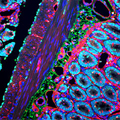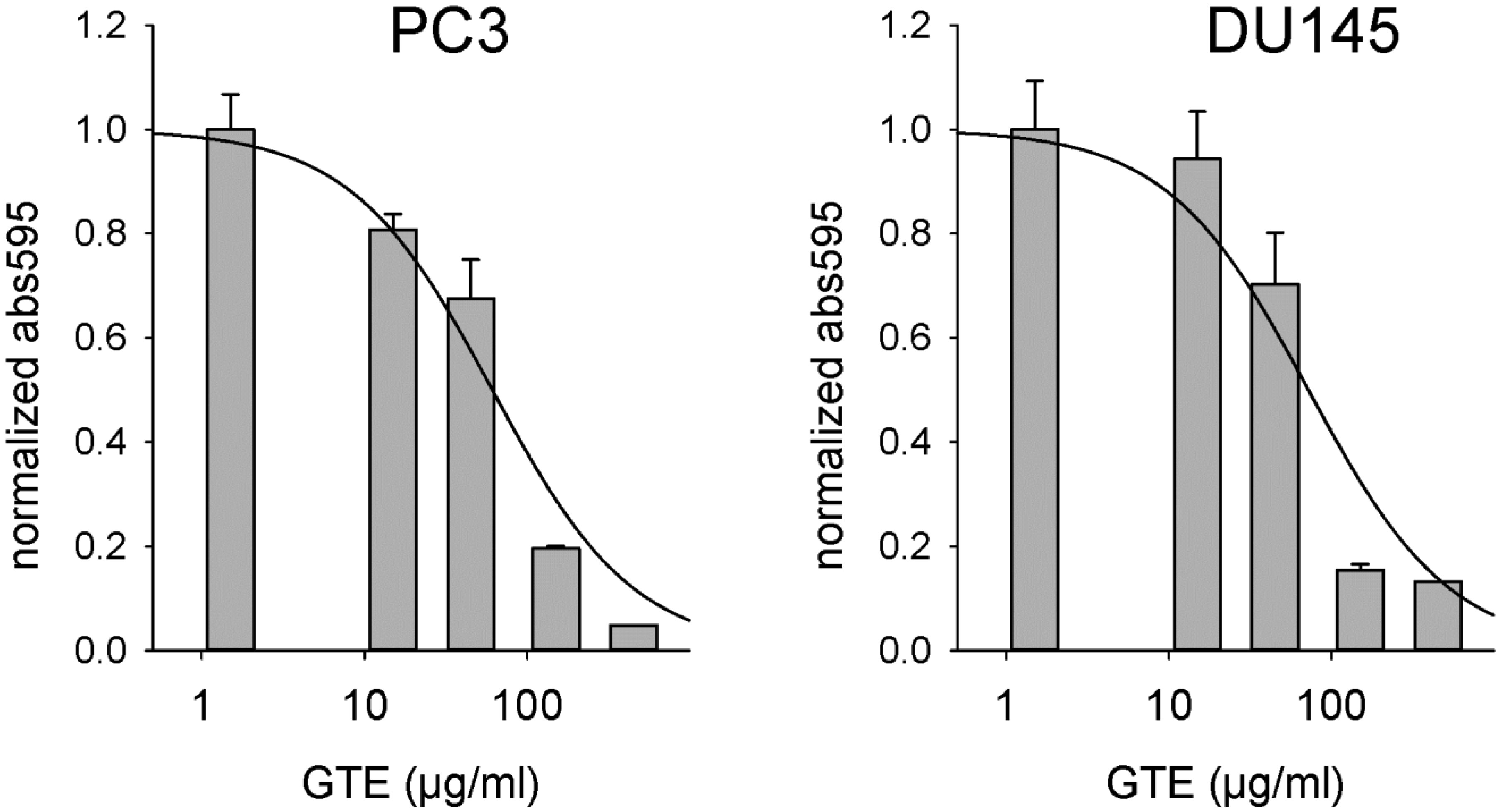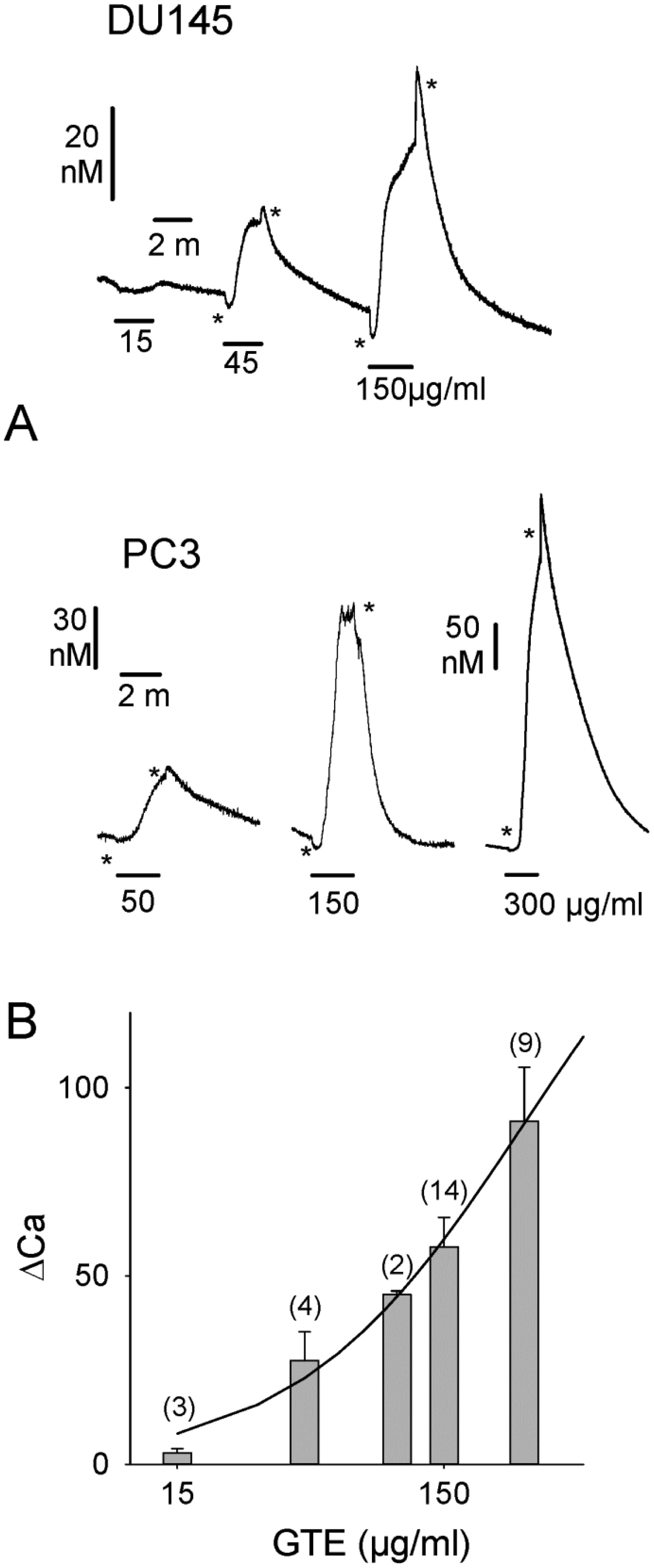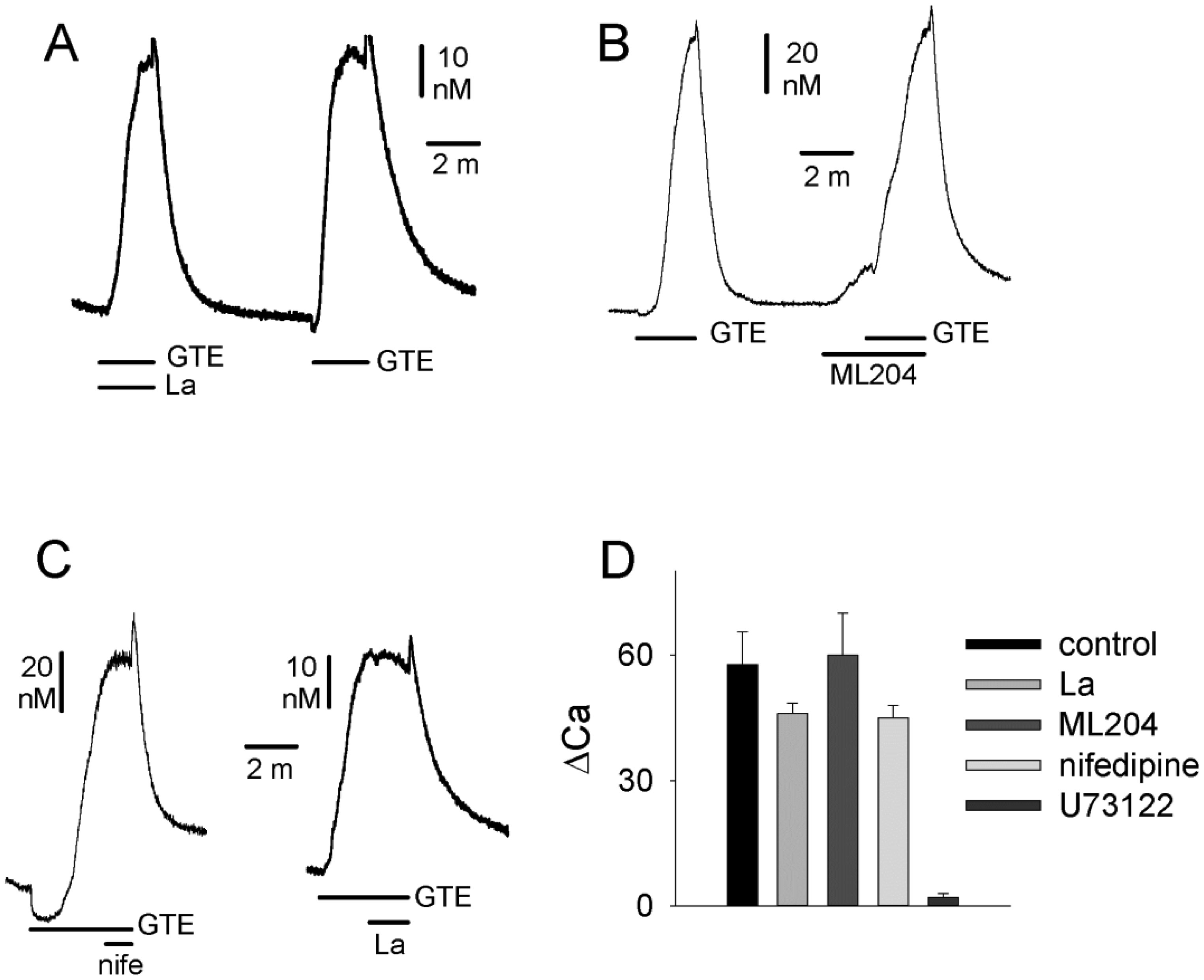1.
Introduction
Henkin and Skolem introduced Hilbert algebras in the fifties for investigations in intuitionistic and other non-classical logics. Diego [4] proved that Hilbert algebras form a variety which is locally finite. Bandaru et al. introduced the notion of GE-algebras which is a generalization of Hilbert algebras, and investigated several properties (see [1,2,7,8,9]). The notion of interior operator is introduced by Vorster [12] in an arbitrary category, and it is used in [3] to study the notions of connectedness and disconnectedness in topology. Interior algebras are a certain type of algebraic structure that encodes the idea of the topological interior of a set, and are a generalization of topological spaces defined by means of topological interior operators. Rachůnek and Svoboda [6] studied interior operators on bounded residuated lattices, and Svrcek [11] studied multiplicative interior operators on GMV-algebras. Lee et al. [5] applied the interior operator theory to GE-algebras, and they introduced the concepts of (commutative, transitive, left exchangeable, belligerent, antisymmetric) interior GE-algebras and bordered interior GE-algebras, and investigated their relations and properties. Later, Song et al. [10] introduced the notions of an interior GE-filter, a weak interior GE-filter and a belligerent interior GE-filter, and investigate their relations and properties. They provided relations between a belligerent interior GE-filter and an interior GE-filter and conditions for an interior GE-filter to be a belligerent interior GE-filter is considered. Given a subset and an element, they established an interior GE-filter, and they considered conditions for a subset to be a belligerent interior GE-filter. They studied the extensibility of the belligerent interior GE-filter and established relationships between weak interior GE-filter and belligerent interior GE-filter of type 1, type 2 and type 3. Rezaei et al. [7] studied prominent GE-filters in GE-algebras. The purpose of this paper is to study by applying interior operator theory to prominent GE-filters in GE-algebras. We introduce the concept of a prominent interior GE-filter, and investigate their properties. We discuss the relationship between a prominent GE-filter and a prominent interior GE-filter and the relationship between an interior GE-filter and a prominent interior GE-filter. We find and provide examples where any interior GE-filter is not a prominent interior GE-filter and any prominent GE-filter is not a prominent interior GE-filter. We provide conditions for an interior GE-filter to be a prominent interior GE-filter. We provide conditions under which an internal GE-filter larger than a given internal GE filter can become a prominent internal GE-filter, and give an example describing it. We also introduce the concept of a prominent interior GE-filter of type 1 and type 2, and investigate their properties. We discuss the relationship between a prominent interior GE-filter and a prominent interior GE-filter of type 1. We give examples to show that A and B are independent of each other, where A and B are:
(1) { A: prominent interior GE-filter of type 1. B: prominent interior GE-filter of type 2.
(2) { A: prominent interior GE-filter. B: prominent interior GE-filter of type 2.
(3) { A: interior GE-filter. B: prominent interior GE-filter of type 1.
(4) { A: interior GE-filter. B: prominent interior GE-filter of type 2.
2.
Preliminaries
Definition 2.1. [1] By a GE-algebra we mean a non-empty set X with a constant 1 and a binary operation ∗ satisfying the following axioms:
(GE1) u∗u=1,
(GE2) 1∗u=u,
(GE3) u∗(v∗w)=u∗(v∗(u∗w))
for all u,v,w∈X.
In a GE-algebra X, a binary relation "≤" is defined by
Definition 2.2. [1,2,8] A GE-algebra X is said to be transitive if it satisfies:
Proposition 2.3. [1] Every GE-algebra X satisfies the following items:
If X is transitive, then
Lemma 2.4. [1] In a GE-algebra X, the following facts are equivalent each other.
Definition 2.5. [1] A subset F of a GE-algebra X is called a GE-filter of X if it satisfies:
Lemma 2.6. [1] In a GE-algebra X, every filter F of X satisfies:
Definition 2.7. [7] A subset F of a GE-algebra X is called a prominent GE-filter of X if it satisfies (2.15) and
Note that every prominent GE-filter is a GE-filter in a GE-algebra (see [7]).
Definition 2.8. [5] By an interior GE-algebra we mean a pair (X,f) in which X is a GE-algebra and f:X→X is a mapping such that
Definition 2.9. [10] Let (X,f) be an interior GE-algebra. A GE-filter F of X is said to be interior if it satisfies:
3.
Prominent interior GE-filters
Definition 3.1. Let (X,f) be an interior GE-algebra. Then a subset F of X is called a prominent interior GE-filter in (X,f) if F is a prominent GE-filter of X which satisfies the condition (2.22).
Example 3.2. Let X={1,2,3,4,5} be a set with the Cayley table which is given in Table 1.
Then X is a GE-algebra. If we define a mapping f on X as follows:
then (X,f) is an interior GE-algebra and F={1,4,5} is a prominent interior GE-filter in (X,f).
It is clear that every prominent interior GE-filter is a prominent GE-filter. But any prominent GE-filter may not be a prominent interior GE-filter in an interior GE-algebra as seen in the following example.
Example 3.3. Let X={1,2,3,4,5} be a set with the Cayley table which is given in Table 2,
and define a mapping f on X as follows:
Then (X,f) is an interior GE-algebra and F:={1} is a prominent GE-filter of X. But it is not a prominent interior GE-filter in (X,f) since f(2)=1∈F but 2∉F.
We discuss relationship between interior GE-filter and prominent interior GE-filter.
Theorem 3.4. In an interior GE-algebra, every prominent interior GE-filter is an interior GE-filter.
Proof. It is straightforward because every prominent GE-filter is a GE-filter in a GE-algebra.
In the next example, we can see that any interior GE-filter is not a prominent interior GE-filter in general.
Example 3.5. Let X={1,2,3,4,5} be a set with the Cayley table which is given in Table 3.
Then X is a GE-algebra. If we define a mapping f on X as follows:
then (X,f) is an interior GE-algebra and F={1} is an interior GE-filter in (X,f). But it is not a prominent interior GE-filter in (X,f) since 1∗(2∗3)=1∈F but ((3∗2)∗2)∗3=3∉F.
Proposition 3.6. Every prominent interior GE-filter F in an interior GE-algebra (X,f) satisfies:
Proof. Let F be a prominent interior GE-filter in (X,f). Let x,y∈X be such that f(x∗y)∈F. Then x∗y∈F by (2.22), and so 1∗(x∗y)=x∗y∈F by (GE2). Since 1∈F, it follows from (2.18) that ((y∗x)∗x)∗y∈F.
Corollary 3.7. Every prominent interior GE-filter F in an interior GE-algebra (X,f) satisfies:
Proof. Let F be a prominent interior GE-filter in (X,f). Then F is an interior GE-filter in (X,f) by Theorem 3.4. Let x,y∈X be such that x∗y∈F. Since x∗y≤f(x∗y) by (2.19), it follows from Lemma 2.6 that f(x∗y)∈F. Hence ((y∗x)∗x)∗y∈F by Proposition 3.6.
Corollary 3.8. Every prominent interior GE-filter F in an interior GE-algebra (X,f) satisfies:
Proof. Straightforward.
Corollary 3.9. Every prominent interior GE-filter F in an interior GE-algebra (X,f) satisfies:
Proof. Straightforward.
In the following example, we can see that any interior GE-filter F in an interior GE-algebra (X,f) does not satisfy the conditions (3.1) and (3.2).
Example 3.10. Consider the interior GE-algebra (X,f) in Example 3.4. The interior GE-filter F:={1} does not satisfy conditions (3.1) and (3.2) since f(2∗3)=f(1)=1∈F and 2∗3=1∈F but ((3∗2)∗2)∗3=3∉F.
We provide conditions for an interior GE-filter to be a prominent interior GE-filter.
Theorem 3.11. If an interior GE-filter F in an interior GE-algebra (X,f) satisfies the condition (3.1), then F is a prominent interior GE-filter in (X,f).
Proof. Let F be an interior GE-filter in (X,f) that satisfies the condition (3.1). Let x,y,z∈X be such that x∗(y∗z)∈F and x∈F. Then y∗z∈F. Since y∗z≤f(y∗z) by (2.19), it follows from Lemma 2.6 that f(y∗z)∈F. Hence ((z∗y)∗y)∗z∈F by (3.1), and therefore F is a prominent interior GE-filter in (X,f).
Lemma 3.12. [10] In an interior GE-algebra, the intersection of interior GE-filters is also an interior GE-filter.
Theorem 3.13. In an interior GE-algebra, the intersection of prominent interior GE-filters is also a prominent interior GE-filter.
Proof. Let {Fi∣i∈Λ} be a set of prominent interior GE-filters in an interior GE-algebra (X,f) where Λ is an index set. Then {Fi∣i∈Λ} is a set of interior GE-filters in (X,f), and so ∩{Fi∣i∈Λ} is an interior GE-filter in (X,f) by Lemma 3.12. Let x,y∈X be such that f(x∗y)∈∩{Fi∣i∈Λ}. Then f(x∗y)∈Fi for all i∈Λ. It follows from Proposition 3.6 that ((y∗x)∗x)∗y∈Fi for all i∈Λ. Hence ((y∗x)∗x)∗y∈∩{Fi∣i∈Λ} and therefore ∩{Fi∣i∈Λ} is a prominent interior GE-filter in (X,f) by Theorem 3.11.
Theorem 3.14. If an interior GE-filter F in an interior GE-algebra (X,f) satisfies the condition (3.2), then F is a prominent interior GE-filter in (X,f).
Proof. Let F be an interior GE-filter in (X,f) that satisfies the condition (3.2). Let x,y,z∈X be such that x∗(y∗z)∈F and x∈F. Then y∗z∈F and thus ((z∗y)∗y)∗z∈F. Therefore F is a prominent interior GE-filter in (X,f).
Given an interior GE-filter F in an interior GE-algebra (X,f), we consider an interior GE-filter G which is greater than F in (X,f), that is, we take two interior GE-filters F and G such that F⊆G in an interior GE-algebra (X,f). We are now trying to find the condition that G can be a prominent interior GE-filter in (X,f).
Theorem 3.15. Let (X,f) be an interior GE-algebra in which X is transitive. Let F and G be interior GE-filters in (X,f). If F⊆G and F is a prominent interior GE-filter in (X,f), then G is also a prominent interior GE-filter in (X,f).
Proof. Assume that F is a prominent interior GE-filter in (X,f). Then it is an interior GE-filter in (X,f) by Theorem 3.4. Let x,y∈X be such that f(x∗y)∈G. Then x∗y∈G by (2.22), and so 1=(x∗y)∗(x∗y)≤x∗((x∗y)∗y) by (GE1) and (2.6). Since 1∈F, it follows from Lemma 2.6 that x∗((x∗y)∗y)∈F. Hence ((((x∗y)∗y)∗x)∗x)∗((x∗y)∗y)∈F⊆G by Corollary 3.7. Since
by (2.6), we have (x∗y)∗(((((x∗y)∗y)∗x)∗x)∗y)∈G by Lemma 2.6. Hence
Since y≤(x∗y)∗y, it follows from (2.11) that
Thus ((y∗x)∗x)∗y∈G by Lemma 2.6. Therefore G is a prominent interior GE-filter in (X,f). by Theorem 3.11.
The following example describes Theorem 3.15.
Example 3.16. Let X={1,2,3,4,5} be a set with the Cayley table which is given in Table 4,
and define a mapping f on X as follows:
Then (X,f) is an interior GE-algebra in which X is transitive, and F:={1} and G:={1,4,5} are interior GE-filters in (X,f) with F⊆G. Also we can observe that F and G are prominent interior GE-filters in (X,f).
In Theorem 3.15, if F is an interior GE-filter which is not prominent, then G is also not a prominent interior GE-filter in (X,f) as shown in the next example.
Example 3.17. Let X={1,2,3,4,5} be a set with the Cayley table which is given in Table 5,
and define a mapping f on X as follows:
Then (X,f) is an interior GE-algebra in which X is transitive, and F:={1} and G:={1,3} are interior GE-filters in (X,f) with F⊆G. We can observe that F and G are not prominent interior GE-filters in (X,f) since 2∗3=1∈F but ((3∗2)∗2)∗3=(5∗2)∗3=1∗3=3∉F, and 4∗2=1∈G but ((2∗4)∗4)∗2=(4∗4)∗2=1∗2=2∉G.
In Theorem 3.15, if X is not transitive, then Theorem 3.15 is false as seen in the following example.
Example 3.18. Let X={1,2,3,4,5,6} be a set with the Cayley table which is given in Table 6.
If we define a mapping f on X as follows:
then (X,f) is an interior GE-algebra in which X is not transitive. Let F:={1} and G:={1,5,6}. Then F is a prominent interior GE-filter in (X,f) and G is an interior GE-filter in (X,f) with F⊆G. But G is not prominent interior GE-filter since 5∗(3∗4)=5∗5=1∈G and 5∈G but ((4∗3)∗3)∗4=(3∗3)∗4=1∗4=4∉G.
Definition 3.19. Let (X,f) be an interior GE-algebra and let F be a subset of X which satisfies (2.15). Then F is called:
∙ A prominent interior GE-filter of type 1 in (X,f) if it satisfies:
∙ A prominent interior GE-filter of type 2 in (X,f) if it satisfies:
Example 3.20. (1). Let X={1,2,3,4,5} be a set with the Cayley table which is given in Table 7,
and define a mapping f on X as follows:
Then (X,f) is an interior GE-algebra and F:={1,3} is a prominent interior GE-filter of type 1 in (X,f).
(2). Let X={1,2,3,4,5} be a set with the Cayley table which is given in Table 8,
and define a mapping f on X as follows:
Then (X,f) is an interior GE-algebra and F:={1,3} is a prominent interior GE-filter of type 2 in (X,f).
Theorem 3.21. In an interior GE-algebra, every prominent interior GE-filter is of type 1.
Proof. Let F be a prominent interior GE-filter in an interior GE-algebra (X,f). Let x,y,z∈X be such that x∗(y∗f(z))∈F and f(x)∈F. Then x∈F by (2.22). It follows from (2.18) that ((f(z)∗y)∗y)∗f(z)∈F. Hence F is a prominent interior GE-filter of type 1 in (X,f).
The following example shows that the converse of Theorem 3.21 may not be true.
Example 3.22. Let X={1,2,3,4,5} be a set with the Cayley table which is given in Table 9,
and define a mapping f on X as follows:
Then (X,f) is an interior GE-algebra and F:={1} is a prominent interior GE-filter of type 1 in (X,f). But it is not a prominent interior GE-filter in (X,f) since 1∗(3∗4)=1∈F but (4∗3)∗3)∗4=4∉F.
The following example shows that prominent interior GE-filter and prominent interior GE-filter of type 2 are independent of each other, i.e., prominent interior GE-filter is not prominent interior GE-filter of type 2 and neither is the inverse.
Example 3.23. (1). Let X={1,2,3,4,5} be a set with the Cayley table which is given in the following Table 10,
and define a mapping f on X as follows:
Then (X,f) is an interior GE-algebra and F:={1} F is a prominent interior GE-filter in (X,f). But it is not a prominent interior GE-filter of type 2 since 1∗(5∗f(2))=5∗5=1∈F and f(1)=1∈F but ((2∗f(5))∗f(5))∗2=((2∗5)∗5)∗2=(1∗5)∗2=5∗2=3∉F.
(2). Let X={1,2,3,4,5} be a set with the Cayley table which is given in the following Table 11,
and define a mapping f on X as follows:
Then (X,f) is an interior GE-algebra and F:={1} is a prominent interior GE-filter of type2 in (X,f). But it is not a prominent interior GE-filter in (X,f) since 1∗(2∗3)=1∗1=1∈F and 1∈F but ((3∗2)∗2)∗3=(2∗2)∗3=1∗3=3∉F.
The following example shows that prominent interior GE-filter of type 1 and prominent interior GE-filter of type 2 are independent of each other.
Example 3.24. (1). Let X={1,2,3,4,5} be a set with the Cayley table which is given in the following Table 12,
and define a mapping f on X as follows:
Then (X,f) is an interior GE-algebra and F:={1,2,4} is a prominent interior GE-filter of type 1 in (X,f). But it is not a prominent interior GE-filter of type 2 since 1∗(5∗f(2))=1∗(5∗3)=1∗1=1∈F and f(1)=1∈F but ((2∗f(5))∗f(5))∗2=((2∗5)∗5)∗2=(5∗5)∗2=1∗2=2∉F.
(2). Let X={1,2,3,4,5} be a set with the Cayley table which is given in the following Table 13,
and define a mapping f on X as follows:
Then (X,f) is an interior GE-algebra and F:={1} is a prominent interior GE-filter of type 2 in (X,f). But it is not a prominent interior GE-filter of type 1 in (X,f) since 1∗(5∗f(2))=1∗(5∗2)=1∗1=1∈F and f(1)∈F but ((f(2)∗5)∗5)∗f(2)=((2∗5)∗5)∗2=(5∗5)∗2=1∗2=2∉F.
The following example shows that interior GE-filter and prominent interior GE-filter of type 1 are independent of each other.
Example 3.25. (1). Let X={1,2,3,4,5} be a set with the Cayley table which is given in the following Table 14,
and define a mapping f on X as follows:
Then (X,f) is an interior GE-algebra and F:={1} is an interior GE-filter in (X,f). But F is not prominent interior GE-filter of type 1 since 1∗(5∗f(2))=1∗(5∗2)=1∗1=1∈F and f(1)=1∈F but ((f(2)∗5)∗5)∗2=((2∗5)∗5)∗2=(5∗5)∗2=1∗2=2∉F.
(2). Let X={1,2,3,4,5} be a set with the Cayley table which is given in the following Table 15,
and define a mapping f on X as follows:
Then (X,f) is an interior GE-algebra and F:={1,2} is a prominent interior GE-filter of type 1 in (X,f). But it is not an interior GE-filter in (X,f) since 2∗4=1 and 2∈F but 4∉F.
The following example shows that interior GE-filter and prominent interior GE-filter of type 2 are independent of each other.
Example 3.26. (1). Let X={1,2,3,4,5} be a set with the Cayley table which is given in the following Table 16,
and define a mapping f on X as follows:
Then (X,f) is an interior GE-algebra and F:={1,4} is an interior GE-filter in (X,f). But F is not prominent interior GE-filter of type 2 since 4∗(2∗f(3))=4∗(2∗3)=4∗1=1∈F and f(4)=1∈F but ((3∗f(2))∗f(2))∗3=((3∗2)∗2)∗3=(2∗2)∗3=1∗3=3∉F.
(2). Let X={1,2,3,4,5} be a set with the Cayley table which is given in the following Table 17,
and define a mapping f on X as follows:
Then (X,f) is an interior GE-algebra and F:={1,2,5} is a prominent interior GE-filter of type 2 in (X,f). But it is not an interior GE-filter in (X,f) since 5∗4=1 and 5∈F but 4∉F.
Before we conclude this paper, we raise the following question.
Question. Let (X,f) be an interior GE-algebra. Let F and G be interior GE-filters in (X,f). If F⊆G and F is a prominent interior GE-filter of type 1 (resp., type 2) in (X,f), then is G also a prominent interior GE-filter of type 1 (resp., type 2) in (X,f)?
4.
Conclusions
We have introduced the concept of a prominent interior GE-filter (of type 1 and type 2), and have investigated their properties. We have discussed the relationship between a prominent GE-filter and a prominent interior GE-filter and the relationship between an interior GE-filter and a prominent interior GE-filter. We have found and provide examples where any interior GE-filter is not a prominent interior GE-filter and any prominent GE-filter is not a prominent interior GE-filter. We have provided conditions for an interior GE-filter to be a prominent interior GE-filter. We have given conditions under which an internal GE-filter larger than a given internal GE filter can become a prominent internal GE-filter, and have provided an example describing it. We have considered the relationship between a prominent interior GE-filter and a prominent interior GE-filter of type 1. We have found and provide examples to verify that a prominent interior GE-filter of type 1 and a prominent interior GE-filter of type 2, a prominent interior GE-filter and a prominent interior GE-filter of type 2, an interior GE-filter and a prominent interior GE-filter of type 1, and an interior GE-filter and a prominent interior GE-filter of type 2 are independent each other. In future, we will study the prime and maximal prominent interior GE-filters and their topological properties. Moreover, based on the ideas and results obtained in this paper, we will study the interior operator theory in related algebraic systems such as MV-algebra, BL-algebra, EQ-algebra, etc. It will also be used for pseudo algebra systems and further to conduct research related to the very true operator theory.
Acknowledgments
This research was supported by Basic Science Research Program through the National Research Foundation of Korea (NRF) funded by the Ministry of Education (NRF-2016R1D1A1B02006812).
The authors wish to thank the anonymous reviewers for their valuable suggestions.
Conflict of interest
All authors declare no conflicts of interest in this paper.









 DownLoad:
DownLoad:







